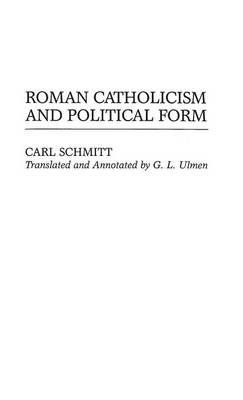
1/ Serres’ 1983 ‘Détachment: Apologue' is an important “bridge” work in that very important sequences of books in the 1980s from ‘Genesis’ to ‘The Natural Contract’. 

2/ It does have an obscure English translation, I believe, which I have never got hold of. There is also a useful chapter in Maria Assad’s book on Serres & Time. 

3/ The opening scenario of 'Détachment' depicts a Chinese agricultural landscape filled & saturated with cultivation: “tout est consommé” .
4/ What is grown here are crops that yield with most abundance, including rice, corn and soya, an Edenic bounty: “seul est admis ce qui va jusqu’a la plenitude”.
5/ Irrigation channels & streams perforate the landscape, these too contributing to the saturation of the whole. 

6/ There are paths, human-engineered & rectilinear, but these too are overgrown and seem only to punctuate an immensity of landscape that lies behind, containing more saturated life.
7/ Agriculture here is a wave, an inundation, a totality. Its bounty bespeaks something of the modernist, utopic dream of regulated infinitude, & pays no attention to planetary boundaries.
8/ It elicits in the narrator a sense of fear: “elle a tout supprimé devant elle, tout interdit et tout chasse. Elle triomphe absolument et sans partage”. The landscape seems to evoke a sense of chaotic, aleatory history itself being closed down & regulated.
9/ This echoes the description of the saturated landscape of the Garonne that Serres offered two years later in 'The Five Senses': “a white, virginal coat, open fields where monotonous corn, disturbingly, occupies the space as far as the horizon, ugly and greenish”. 

10/ In that text, Serres likens this homogenous landscape to the uniformity imposed by monotheism over the archaic pagan ragtag: “we homogenize the pagan tatter, technology tramples over the altars: the old gods of the byways destroyed, tenure and boundaries abolished” ...
11/ Monotheism creates “an isotropic space, and to achieve that it was first of all necessary to kill the idols” (The Five Senses, p.236).
12/ There is nothing precise or literal about this deployment of the concept. Here, "monotheism" is a trope. A similar use occurs in later works in political theology: eg. Jan Assmann, “The Price of Monotheism” & then Peter Sloterdijk, “Shadow of Mount Sinai” & “After God”. 

• • •
Missing some Tweet in this thread? You can try to
force a refresh











